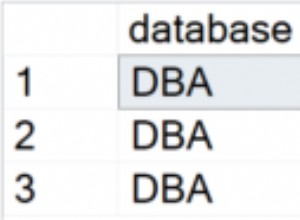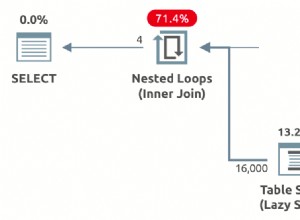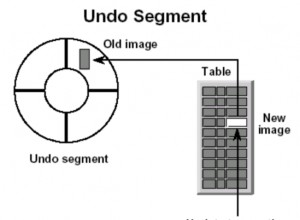El capítulo 7 de la documentación jdbc de postgresql trata sobre el almacenamiento de datos binarios y utiliza una imagen (archivo *.gif) como ejemplo. tal vez quieras leerlo.
insertando una imagen en la base de datos (desde el enlace de arriba)
File file = new File("myimage.gif");
FileInputStream fis = new FileInputStream(file);
PreparedStatement ps = conn.prepareStatement("INSERT INTO images VALUES (?, ?)");
ps.setString(1, file.getName());
ps.setBinaryStream(2, fis, (int)file.length());
ps.executeUpdate();
ps.close();
fis.close();
leyendo una imagen de la base de datos (también del enlace de arriba)
// Get the Large Object Manager to perform operations with
LargeObjectManager lobj = ((org.postgresql.PGConnection)conn).getLargeObjectAPI();
PreparedStatement ps = conn.prepareStatement("SELECT imgoid FROM imageslo WHERE imgname = ?");
ps.setString(1, "myimage.gif");
ResultSet rs = ps.executeQuery();
while (rs.next()) {
// Open the large object for reading
int oid = rs.getInt(1);
LargeObject obj = lobj.open(oid, LargeObjectManager.READ);
// Read the data
byte buf[] = new byte[obj.size()];
obj.read(buf, 0, obj.size());
// Do something with the data read here
// Close the object
obj.close();
}
rs.close();
ps.close();




